Artek 2nd Cycle
/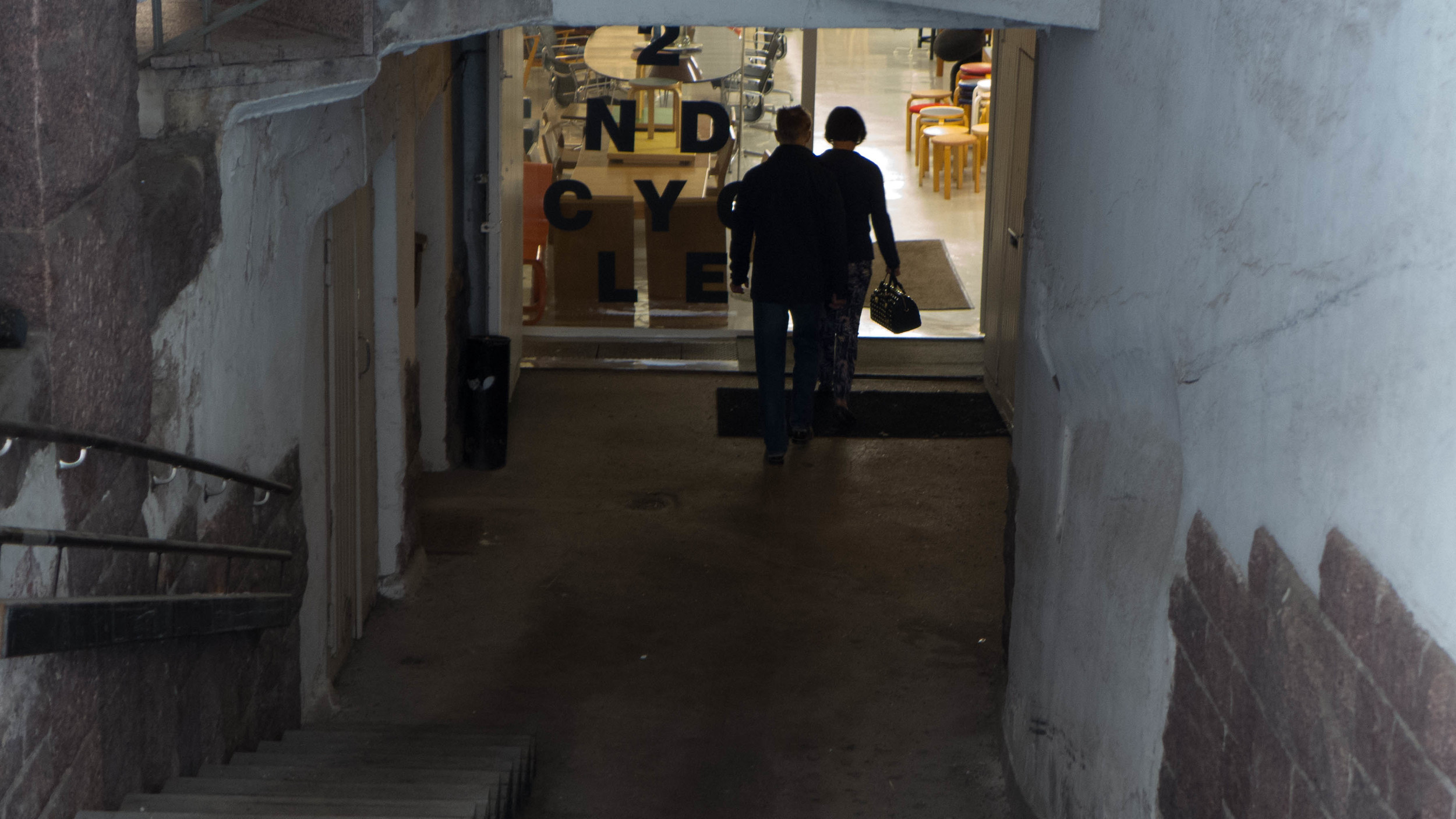
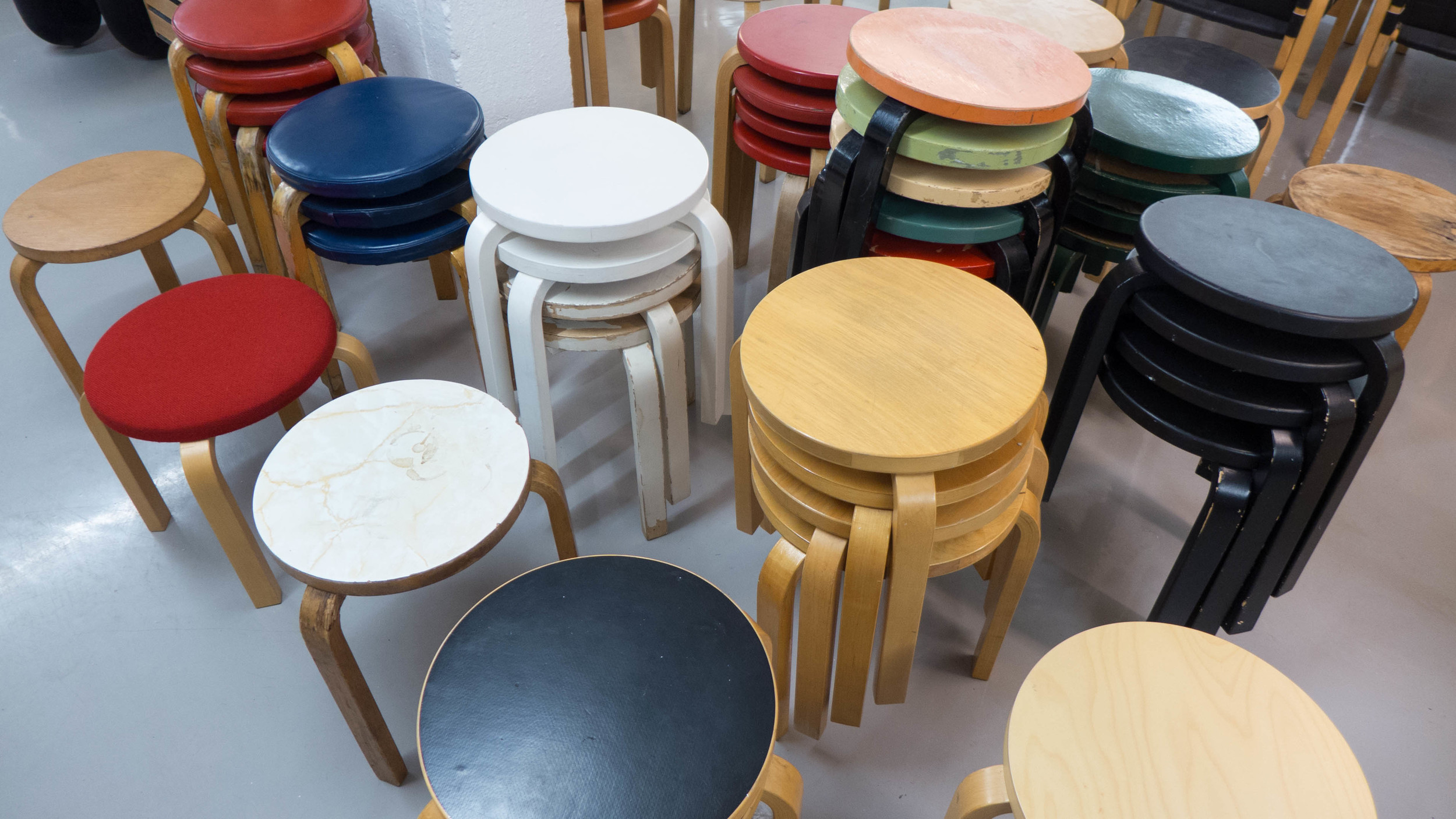
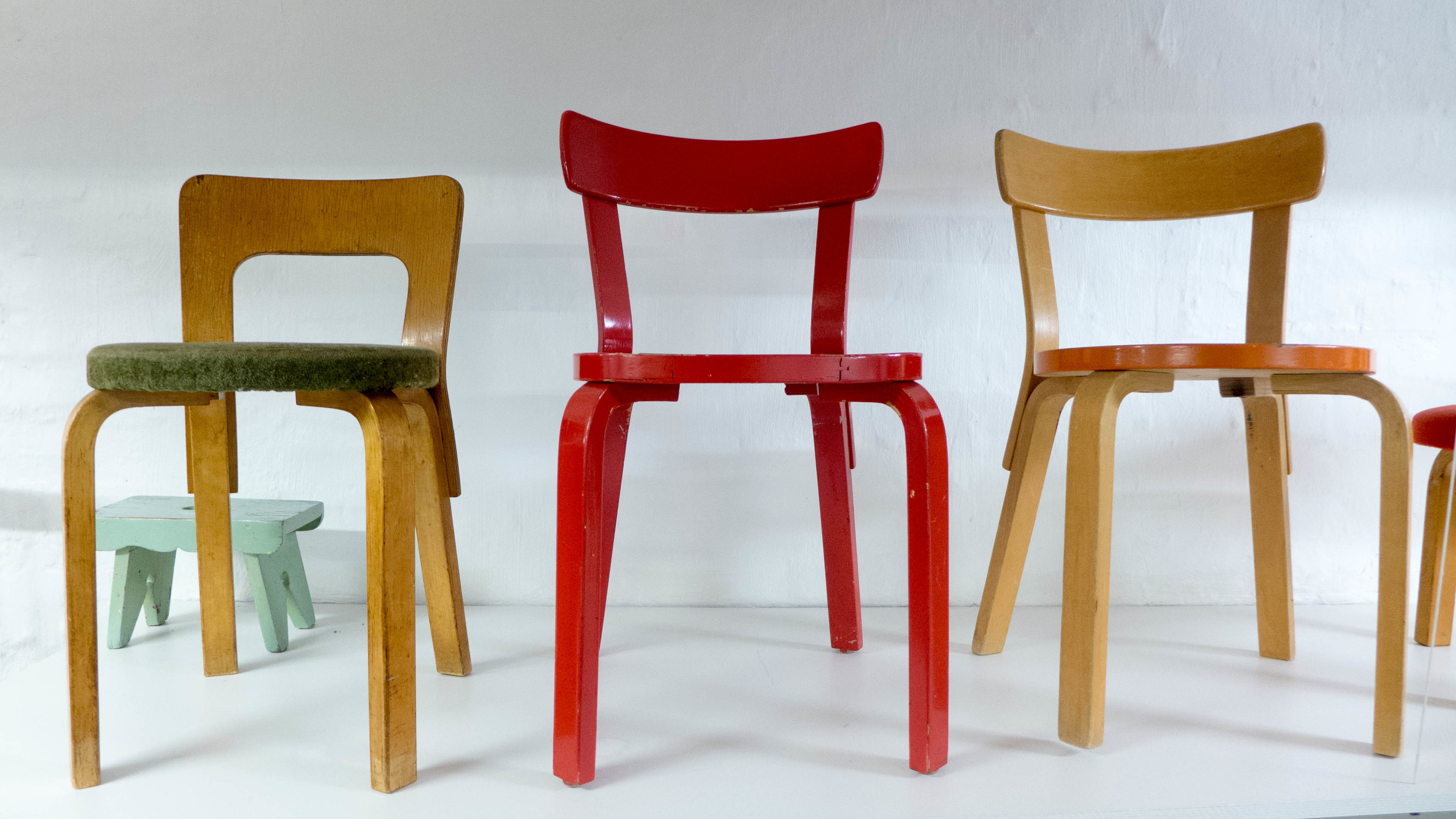
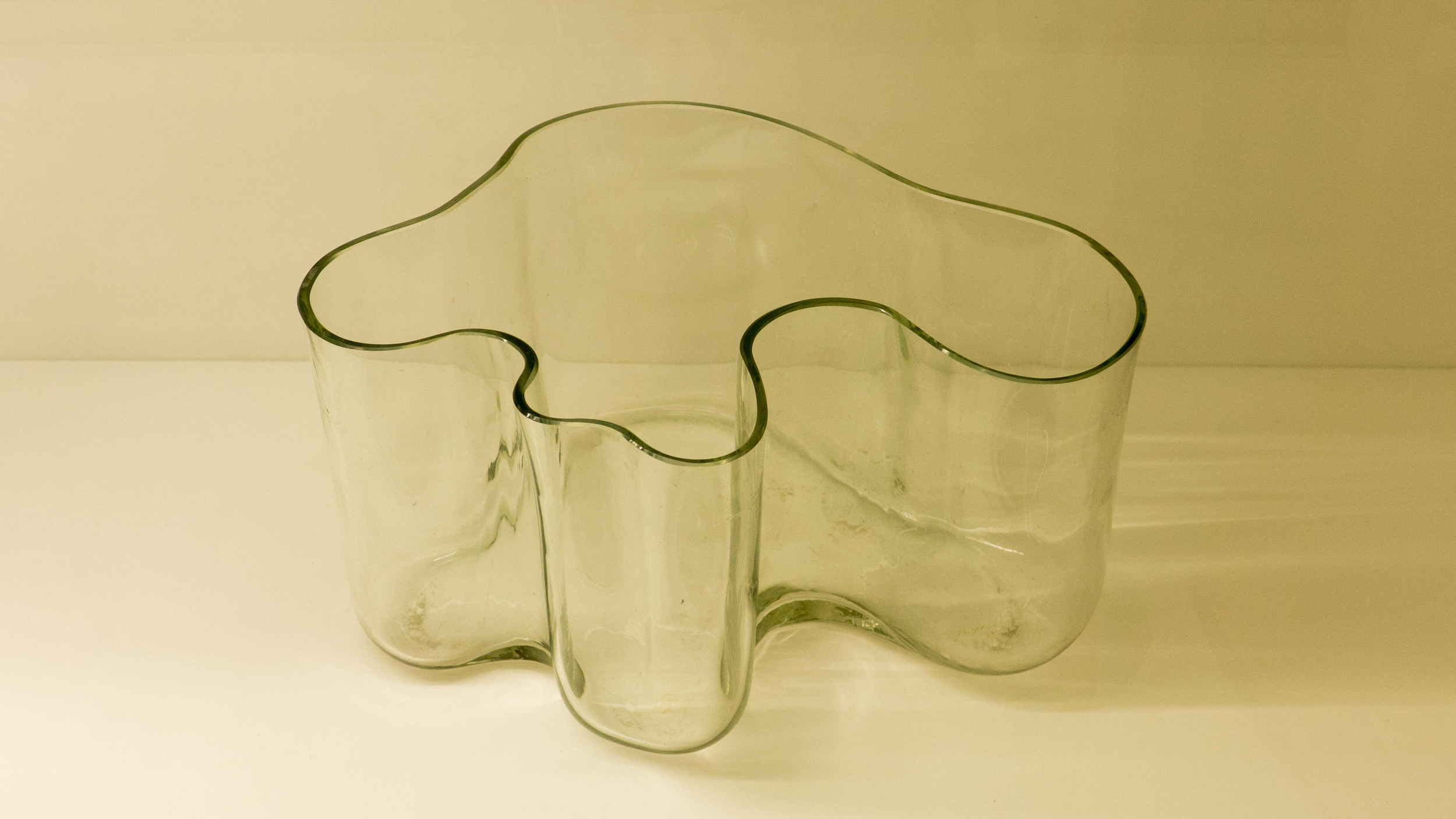
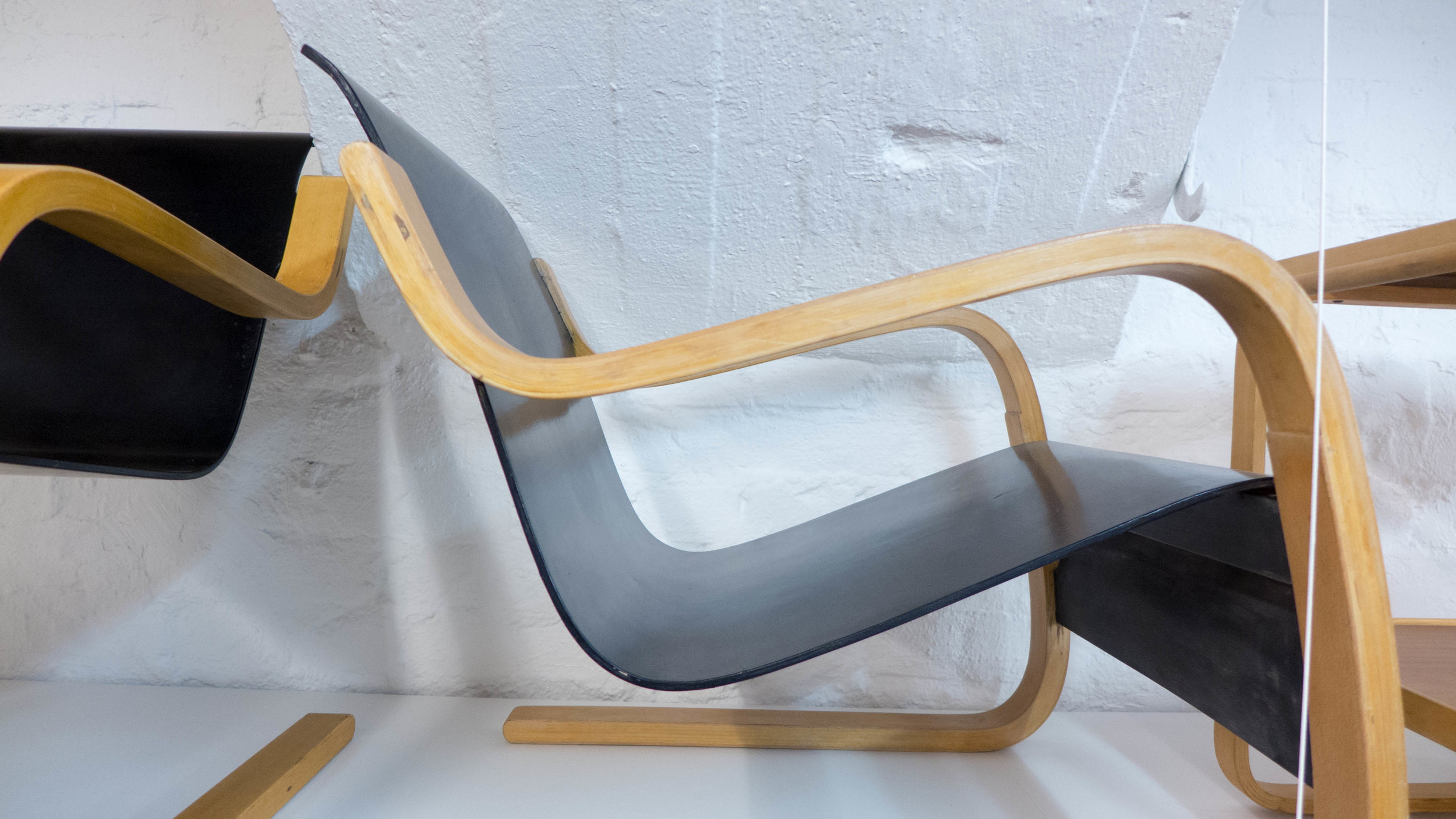
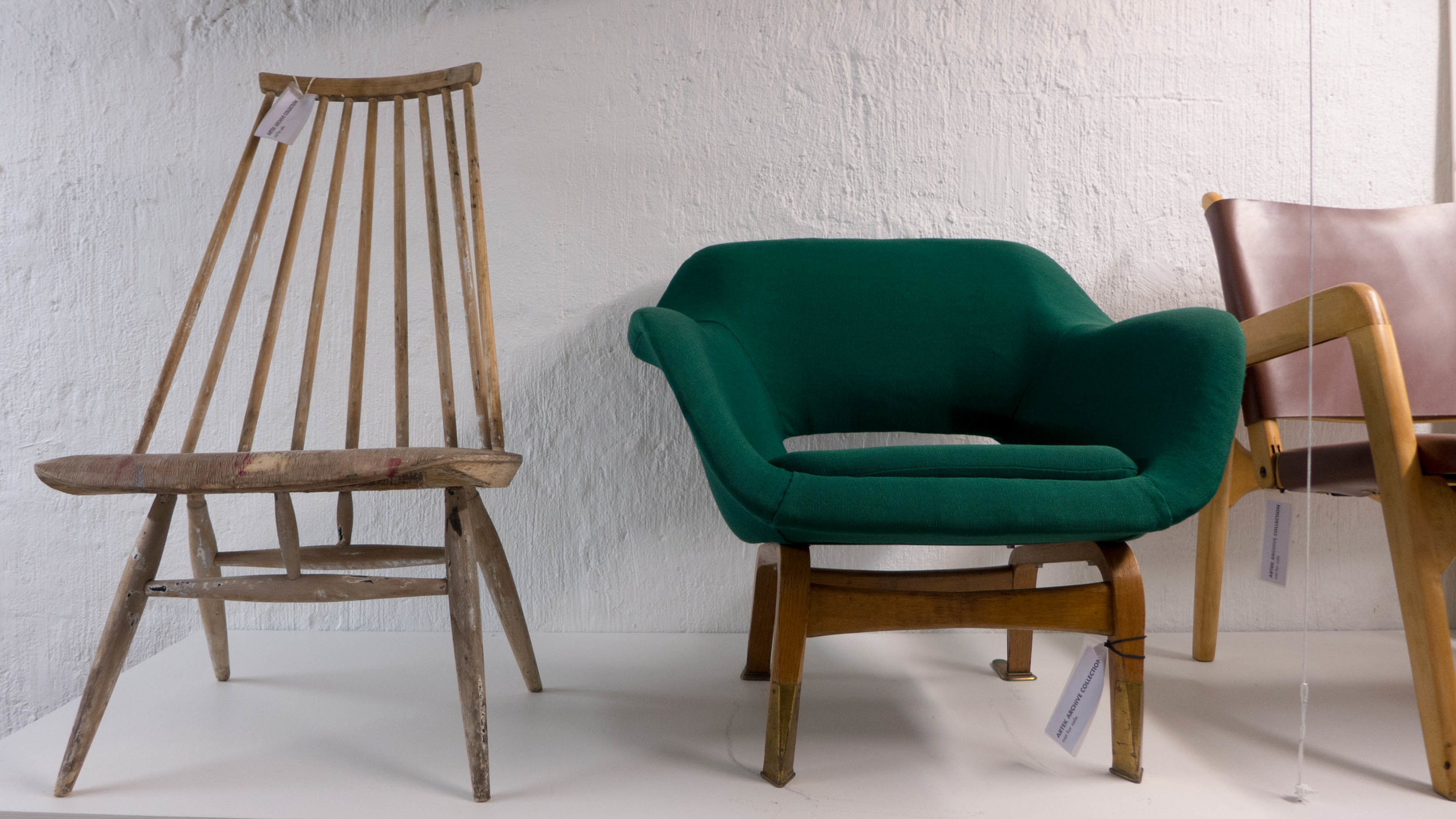
It is easy to walk past this Helsinki gallery and shop at Pieni Roobertinkatu 4.
There is an archway in a line of shops and a very steep and dark ramp that leads down to the entrance. Part of Artek, and just two blocks south of the main store but, more significantly, just one block north of the design museum, the two stores could not be more different physically. The main Artek store is bright, spacious, sharply clean to reflect the style and quality of the products. 2nd Cycle is a series of irregular basement rooms and spaces that are piled high with furniture - basically storage on display - but here perhaps is the soul of the furniture company.
That sounds stupidly melodramatic but I spent some time here looking at the furniture and other items and discussing design with Antti Tevajärvi, a member of the staff. As we talked, local people and tourists wandered in to buy or often simply to indulge in a little nostalgia and exchange stories about pieces of furniture they own or had once owned.
At 2nd cycle, the store takes back old furniture by Artek that is no longer wanted or, often, where the original owner has died and their home is being cleared. There is just one proviso … the pieces of furniture should be returned with their back story. Who bought the furniture and why and when and what has happened since. Many of the pieces are clearly repainted and have later covers or cushions but that is all an essential part of their story so, before being sold on, the furniture might be cleaned and if necessary repaired but no attempt is made to strip back to an original appearance.
In an earlier post I recommended a film profile about 2nd Cycle that was made for Monocle design magazine. All I can add for myself, now having visited 2nd Cycle, is that this gallery and shop shows that not only should good design for mass-produced pieces have an important place in our lives but that well-made and well-designed items have an ongoing place in our lives. The finest pieces here are of museum quality and, as part of an Artek archive, they are of real significance in the history of design but, equally, the less well-preserved pieces, scratched or chipped or worn, reflect their important place in the real lives of real people.































